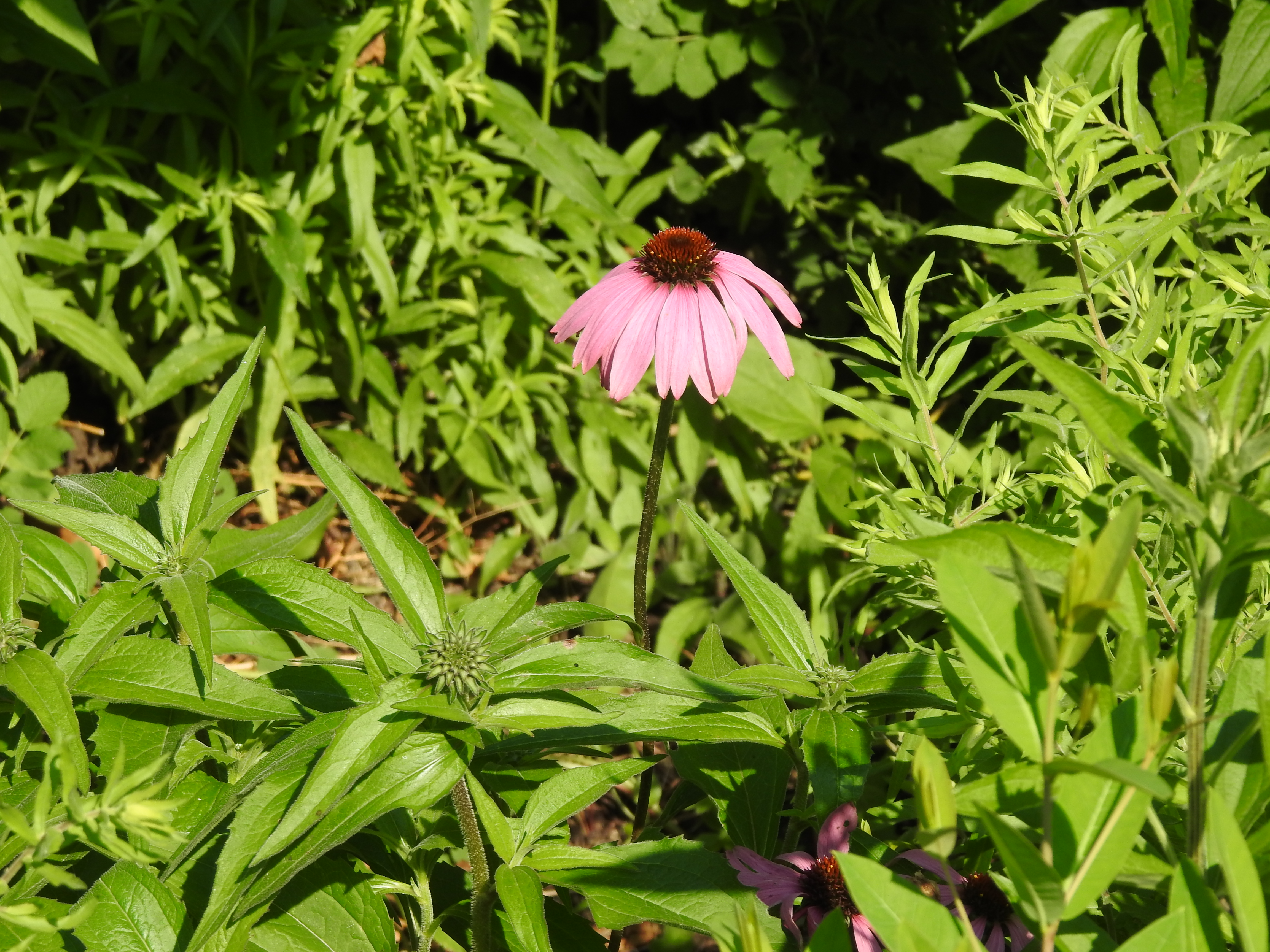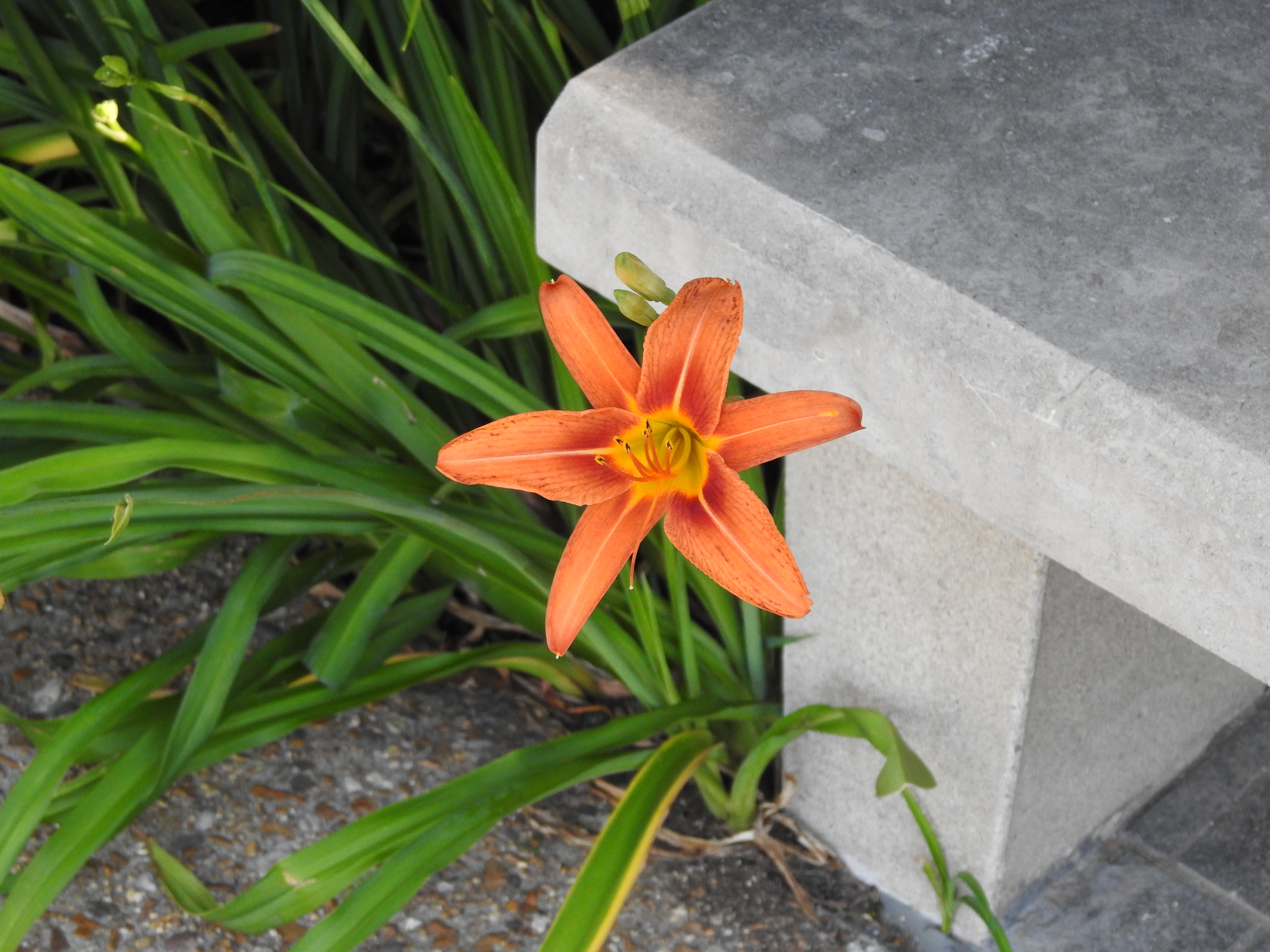
1. Hosta sieboldiana ‘Elegans’, Elegans Plantain Lily. Blooming in Luther Ely Smith square.
Hostas are extremely popular garden plants all over the world because they are attractive and easy to grow. Hostas prefer shady locations, so the specimens planted under the trees in Luther Ely Smith Square are thriving. Many dozens of hosta varieties exist. The ‘Elegans’ cultivar that we’re growing can reach almost 3 feet tall and 5 feet across, and its unopened blooms look a little like deflated balloons before the petals open. Hostas are native to Japan, but North American deer love them.
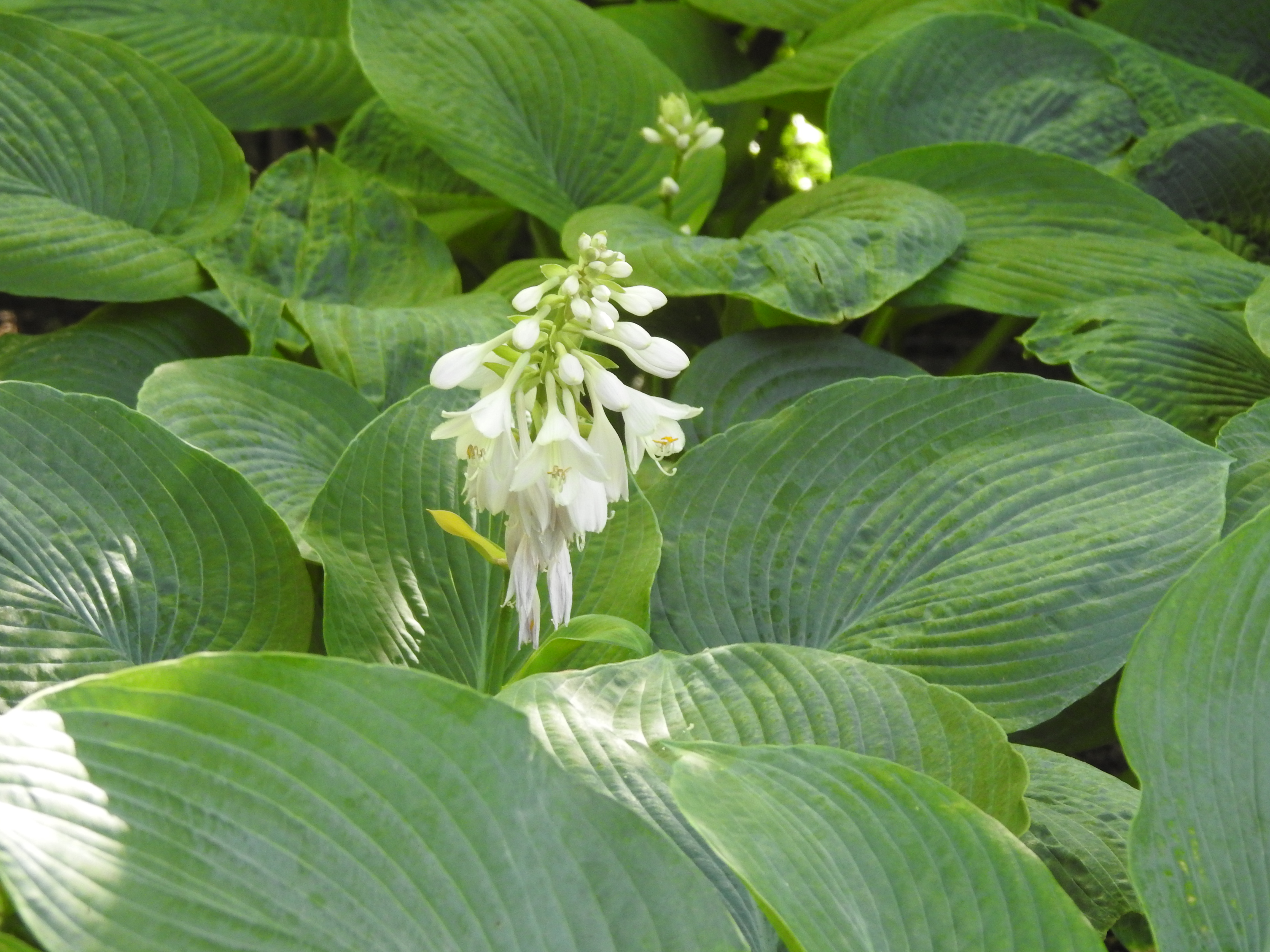
2. Aruncus diocus, Goat’s Beard. Blooming in Luther Ely Smith square.
Like hostas, Goat’s Beard also prefers to grow in shady areas. Unlike hostas, Goat’s Beard is a Missouri native species. Its feathery, delicate blooms wave in even the slightest wind. It’s the host plant for the dusky azure butterfly.

3. Hydrangea quercifolia, Oak Leaf Hydrangea. Along inner walkways of Smith Square.
This species was described in the last What's In Bloom blog, so we won't repeat it here...but just as predicted, the blossoms have opened up and are now very showy. Here they are with two new bloomers (the Hostas and Goat's Beard described above).
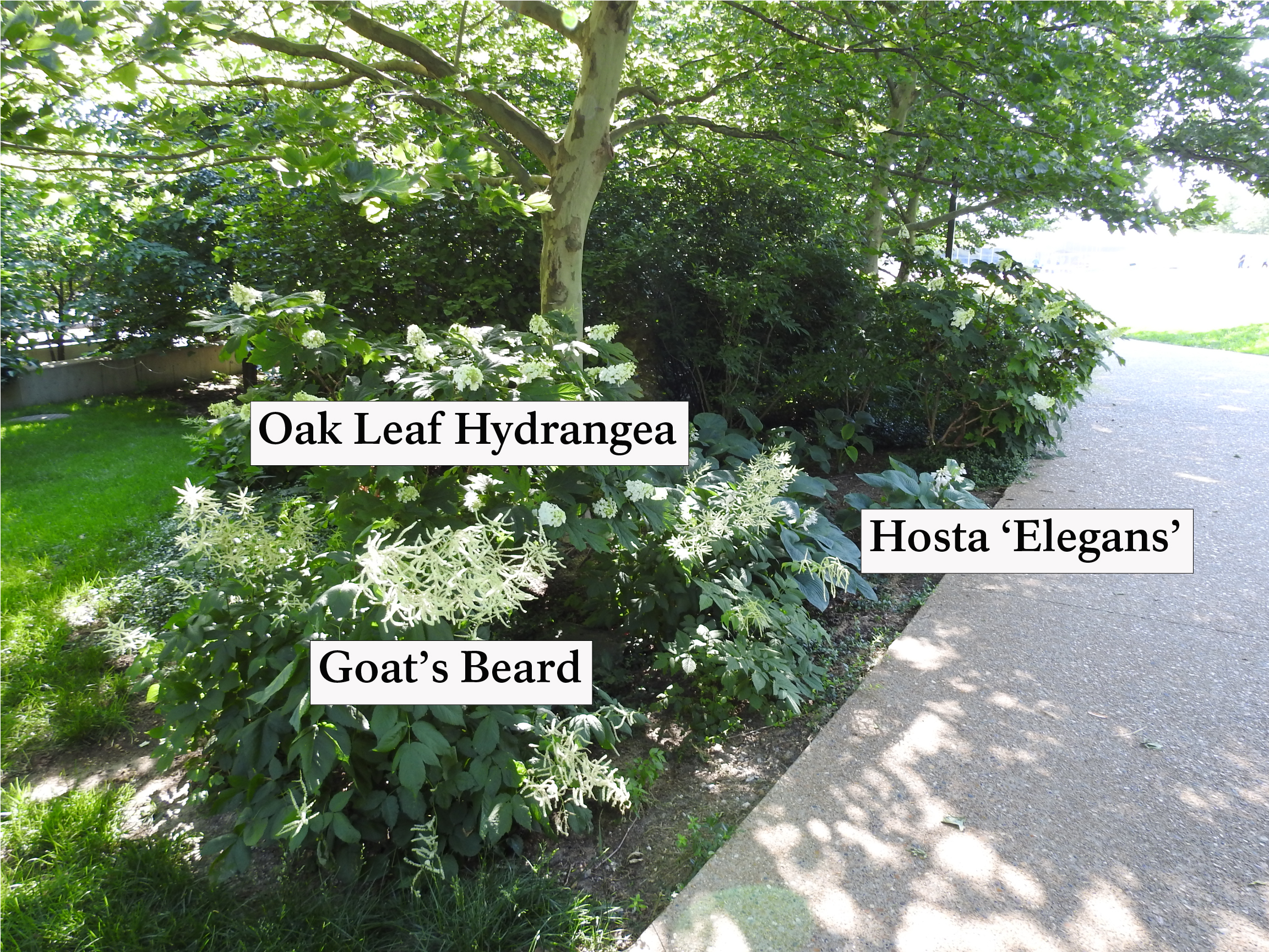 NPS Photo
NPS Photo
4. Itea virginica, Virginia sweetspire. Blooming along north and south Memorial Drive walkways.
In this ranger’s opinion, the Virginia sweetspire is the goofiest-looking plant on the arch grounds – its blooms look like an explosion of tiny pool noodles. It is widespread on the walkways next to Memorial Drive on the west end of the park. Since this species forms dense colonies, it will probably be even more numerous in years to come. Virginia sweetspire is found throughout the eastern USA, and its blossoms attract many pollinators.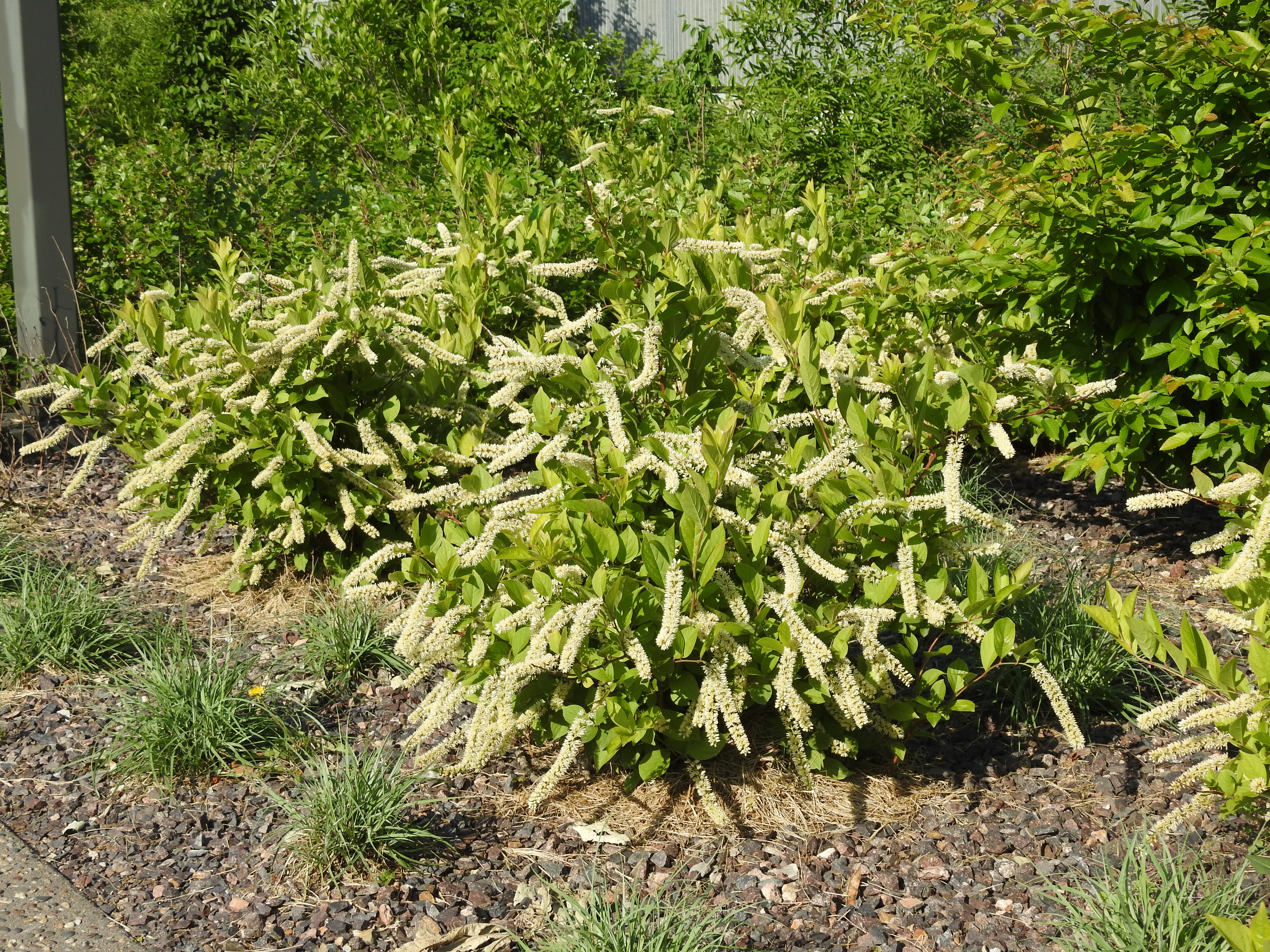 NPS Photo
NPS Photo5. Echinacea Angustifolia, Purple coneflower. Blooming in the Explorers' Garden.
Purple coneflower is one of the most easily recognized prairie plants. It’s widespread across much of the Great Plains and into Canada. One of the reasons it’s so widespread is that it can thrive in a wide range of conditions. It can handle drought, intense rain, and extreme temperature fluctuations. Though this plant has many strengths, there is one important job it can’t do: pollinate. Coneflowers depend on bees to reproduce. Coneflowers have been used as traditional medicine for thousands of years to treat a wide variety of ailments.
NPS Photo
Many species from previous blogs are also still blooming in the Explorers' Garden, as you can see in this picture:
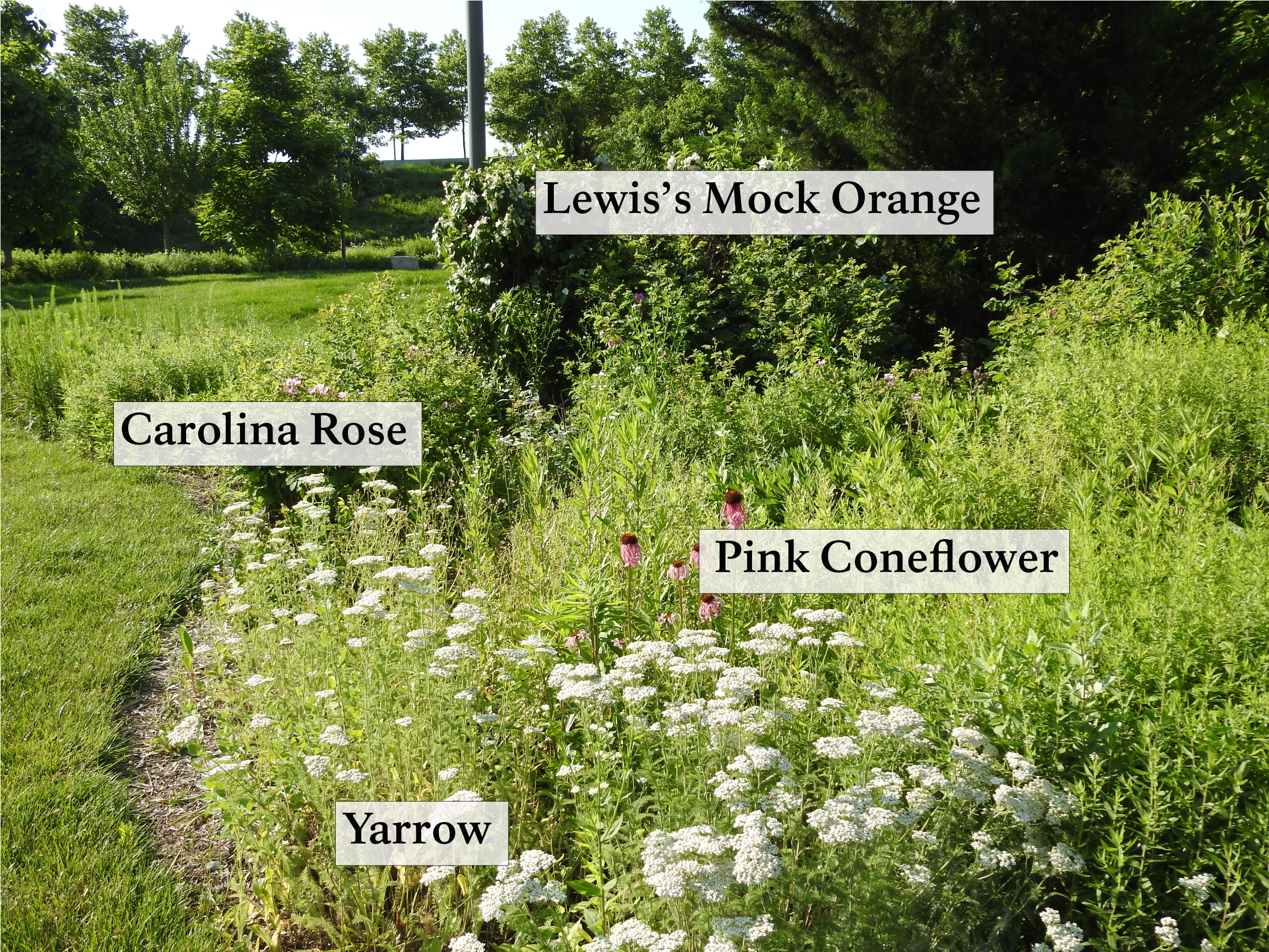 NPS Photo.
NPS Photo.
5. Cornus drummondii, Roughleaf Dogwood. Blooming on each side of the Grand Staircase.
Dogwoods are native to the eastern and central United States, as well as southeast Canada. They grow quickly and propagate very easily, and if left unchecked can form a thicket as dense as a hedge. After the blossoms fade, the tree will produce small white fruits that will be enjoyed through the winter by many birds, squirrels, and chipmunks. Dogwood is very dense and heavy, so it’s difficult to cut and work with, but it makes a durable and slow-burning firewood. It’s an important food source for bees.
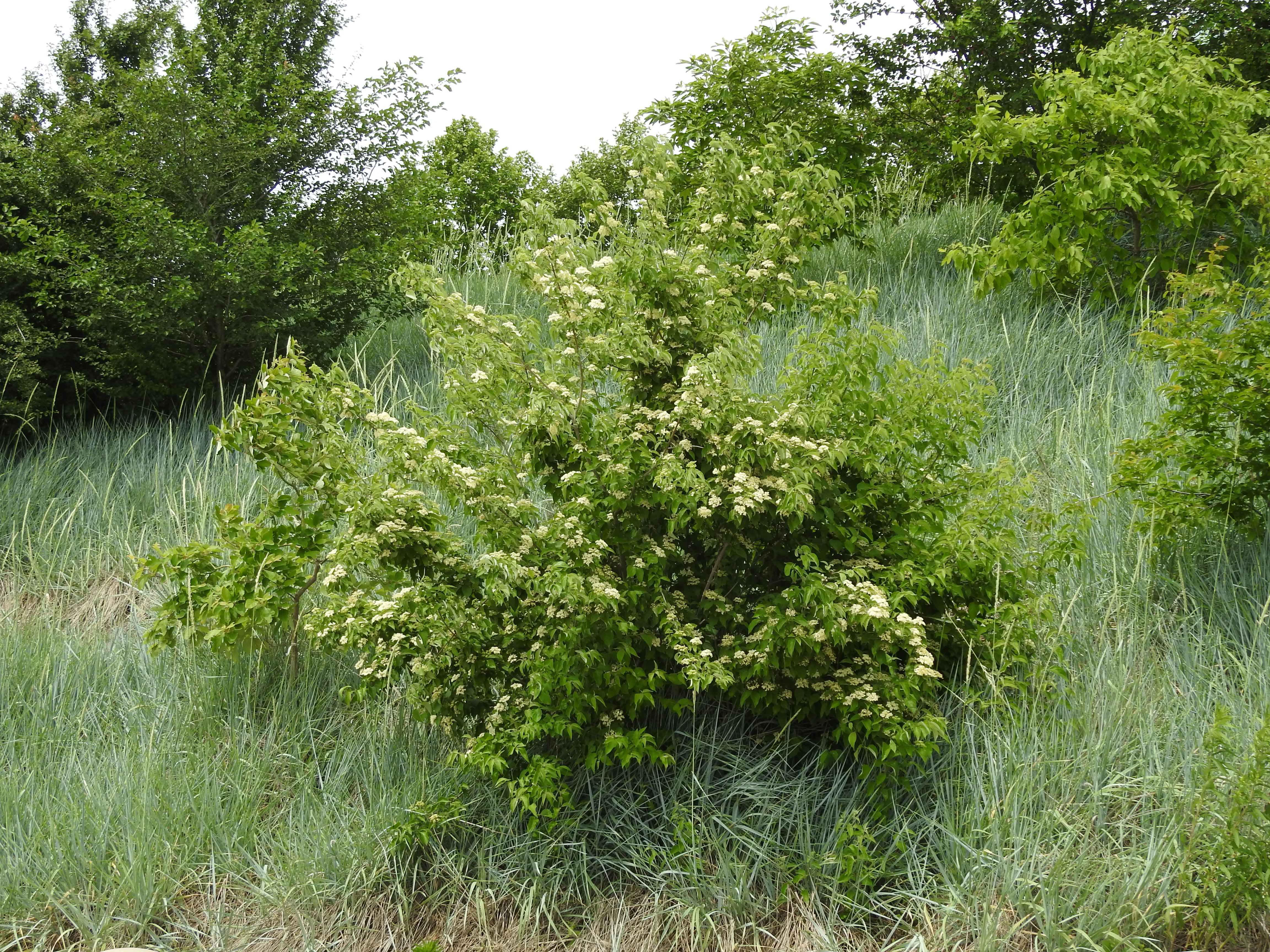
Bonus Bloom!
An errant Daylily is blooming by the concrete benches just north of the West Main Entrance.
NPS Photo
Be on the lookout for the next post in a couple weeks!

